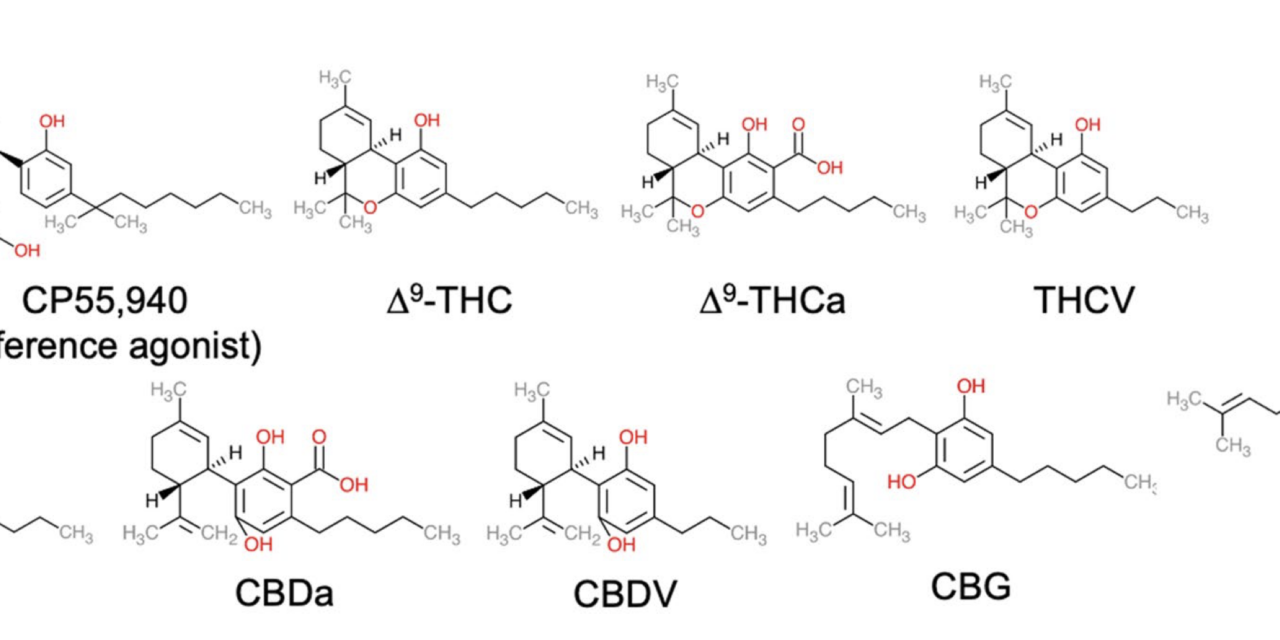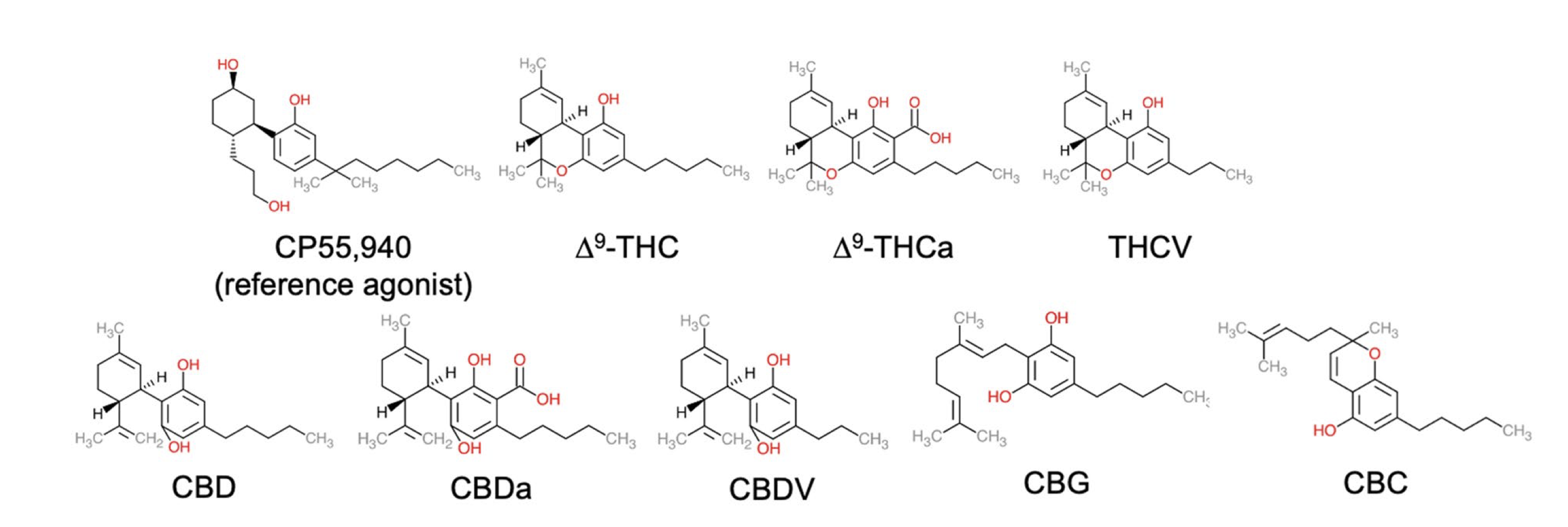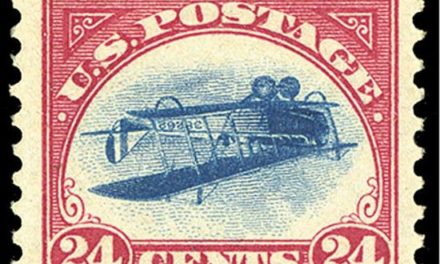November 23, 2020 Canadian researchers today published “In vitro and in vivo pharmacological activity of minor cannabinoids isolated from Cannabis sativa” in Nature.com Scientific Reports.
“Specifically,” the abstract states, “∆9-THC, ∆9-tetrahydrocannabinolic acid (∆9-THCa), ∆9-tetrahydrocannabivarin (THCV), CBD, cannabidiolic acid (CBDa), cannabidivarin (CBDV), cannabigerol (CBG), and cannabichromene (CBC) were evaluated. Compounds were assessed for their affinity to receptors, ability to inhibit cAMP accumulation, βarrestin2 recruitment, receptor selectivity, and ligand bias in cell culture; and cataleptic, hypothermic, anti-nociceptive, hypolocomotive, and anxiolytic effects in mice. Our data reveal partial agonist activity for many phytocannabinoids tested at CB1R and/or CB2R, as well as in vivo responses often associated with activation of CB1R.”
The title is somewhat misleading because THC has long been identified as the most dramatically potent cannabinoid (which the paper graphically confirmed), and CBD can hardly be considered “minor” nowadays. And the activity of many truly minor cannabinoids has yet to be studied.






